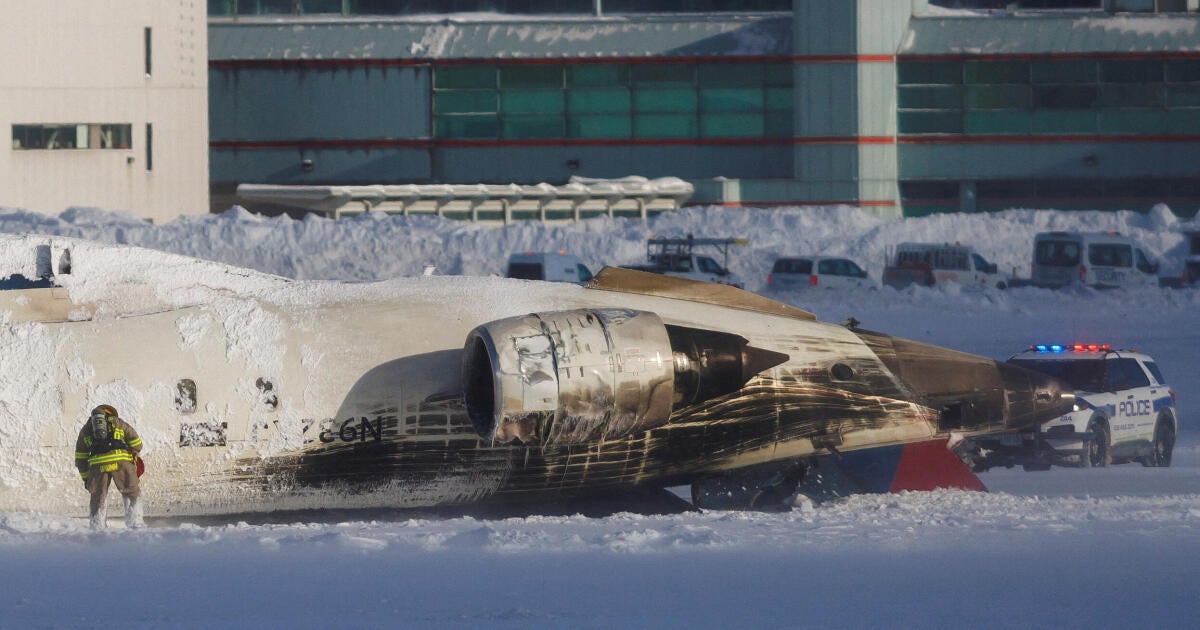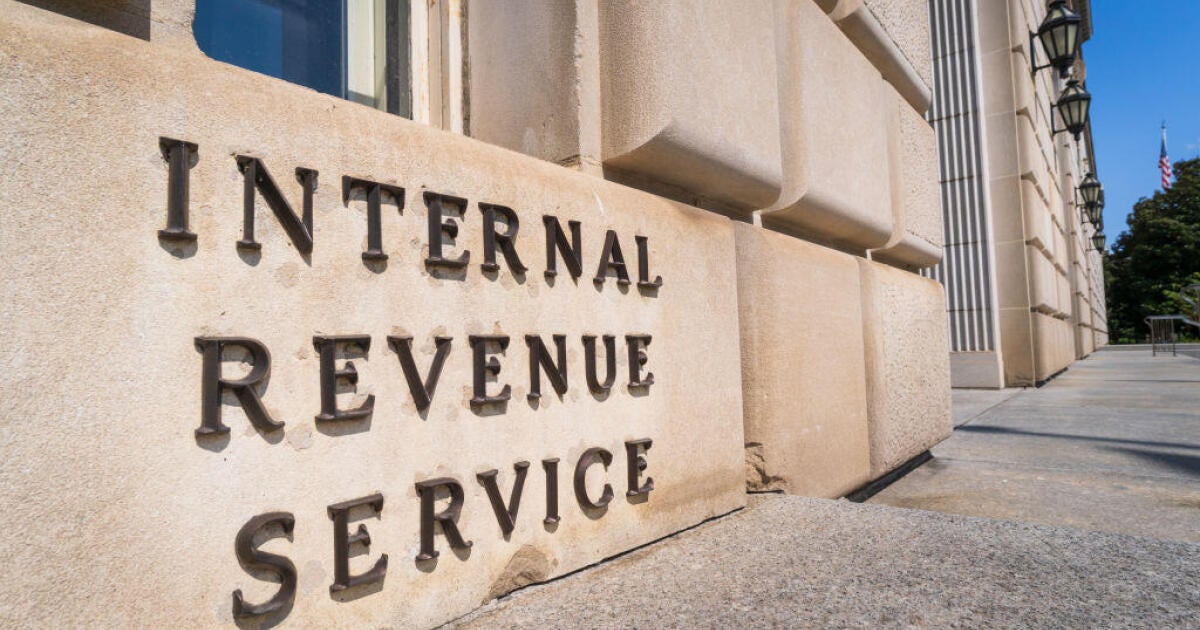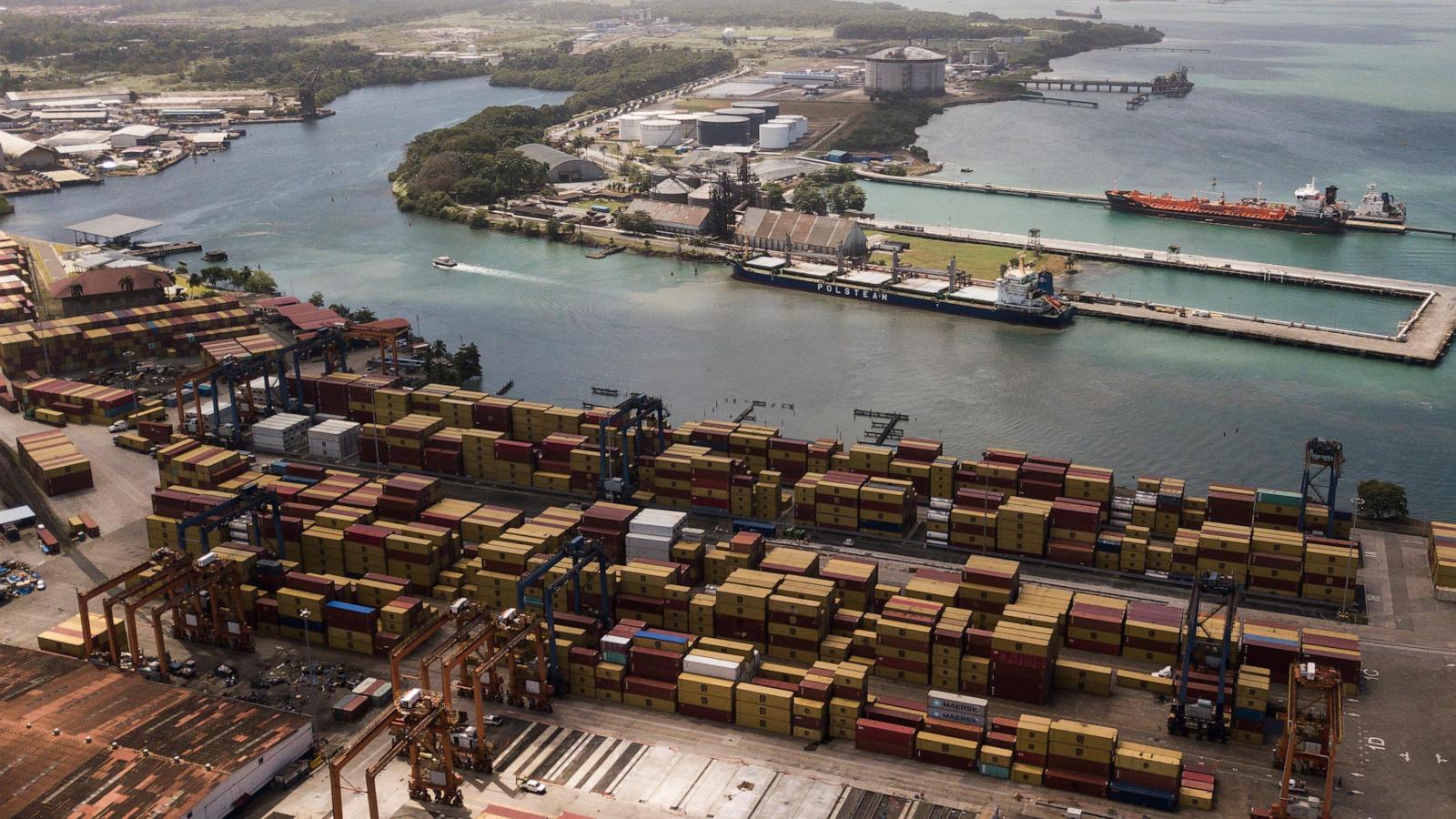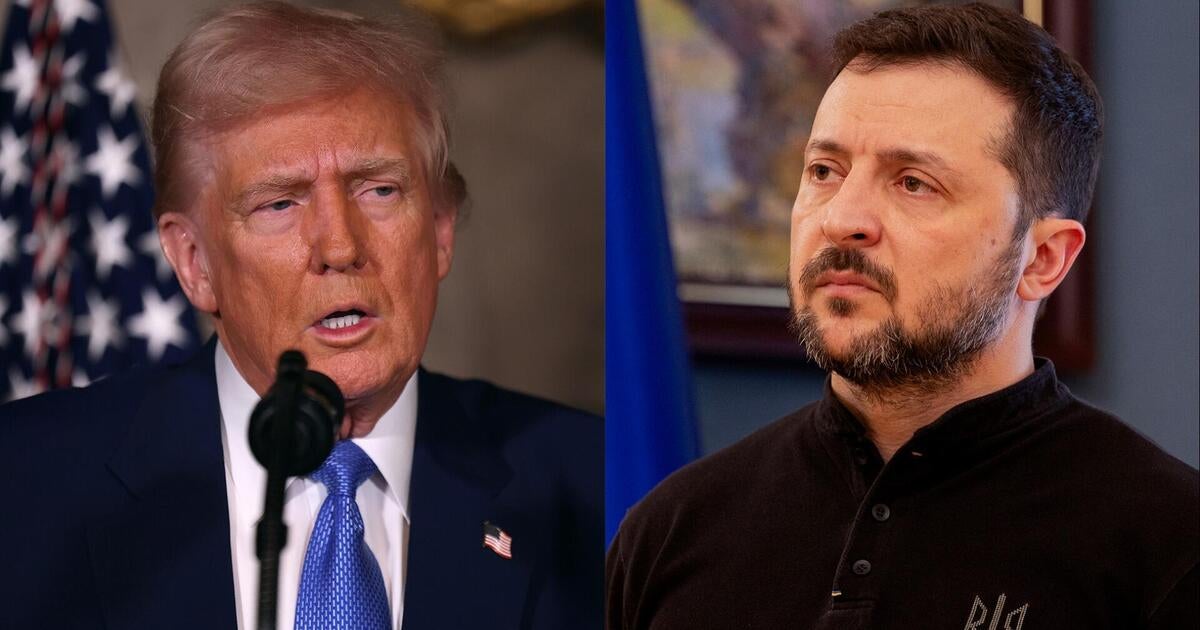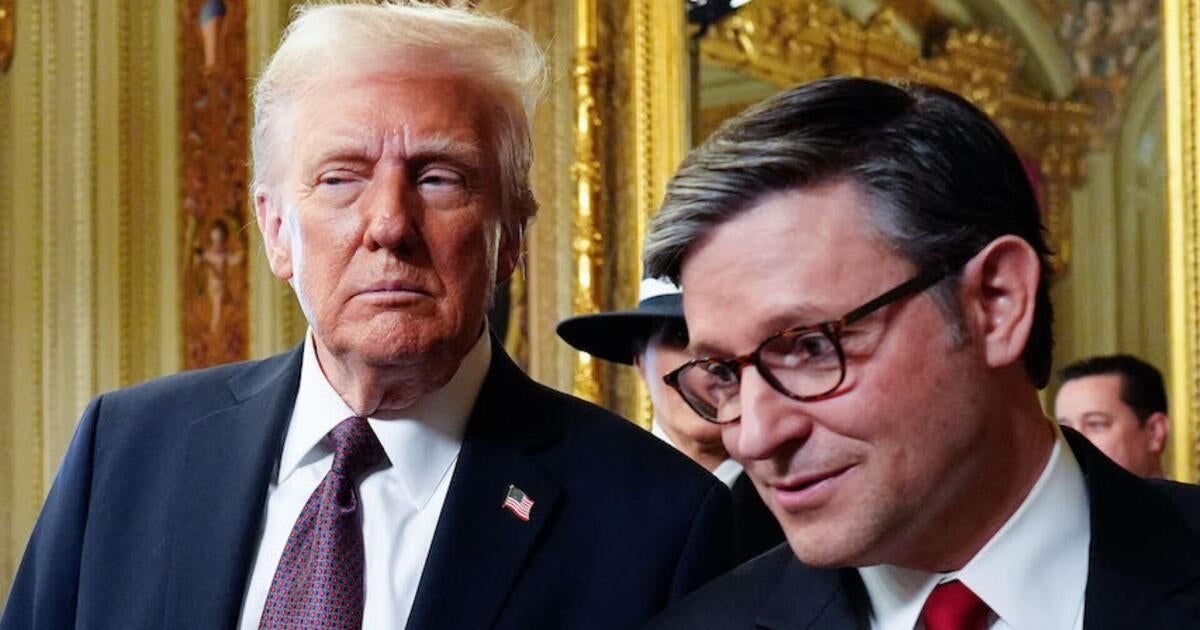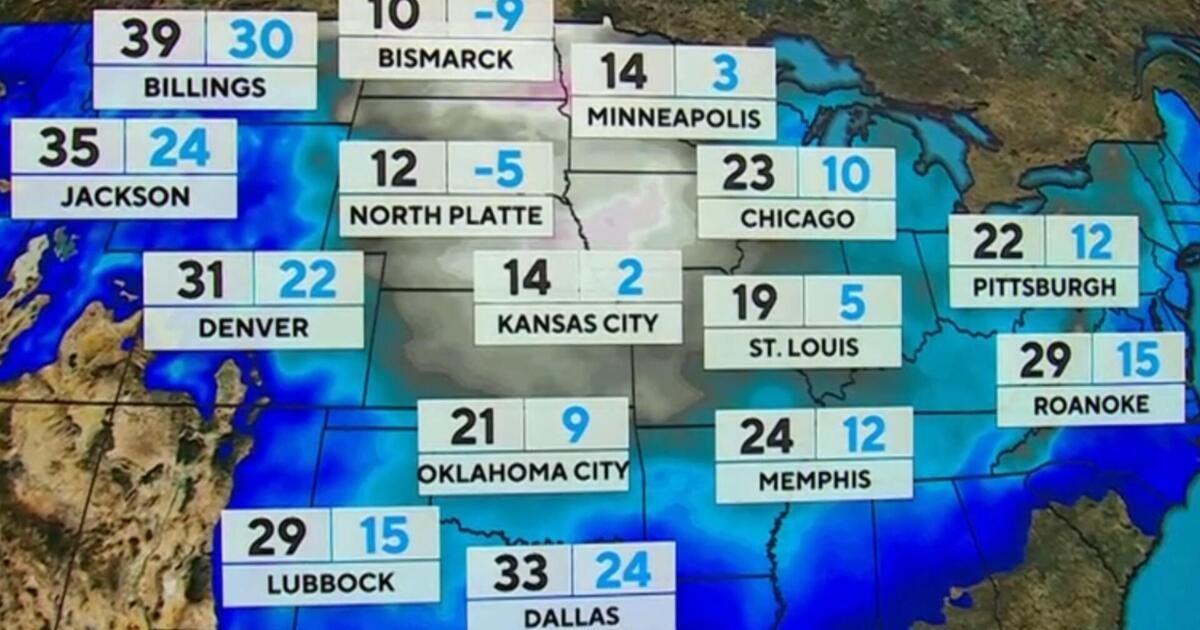Delta CEO discusses plane crash investigation
Delta Air Lines CEO Ed Bastian talked about the crew’s experience amid the Delta Air Lines plane crash that happened Monday in Toronto as officials continue to investigate the cause.
In an exclusive interview with “CBS Mornings,” Bastian said amid the ongoing investigation, “we’ve all seen the media. We’ve all seen the videos, that’s about as much detail as we can look at and talk about at this moment.”
The plane, which took off from Minneapolis and was operated by Delta Air Lines subsidiary Endeavor Air, had an experienced crew on board who were trained for any condition, according to Bastian.
“All these pilots train for these conditions. They fly under all kinds of conditions at all the airports in which we rate, so there’s nothing specific with respect to experience that I’d look to,” he said.

Reuters/Arlyn McAdorey
Video from the frightening incident showed the regional jet caught fire and flipped over on an active runway while landing. Bastian called it “horrifying” to watch the video.
“You can imagine when I received the text minutes after it happened, hearing that there was a regional jet upside down on an active runway with 80 people on board, how I felt without knowing yet what was transpiring.”
Twenty-one people were injured in the crash, but all 80 on the plane, including the four crew members, were able to escape from the wreckage. As of Wednesday morning, 20 of the 21 injured passengers initially transported to local hospitals have been released.
“I want to express my deep appreciation and thanks for the crew on board the plane. Our Endeavor crew performed heroically, but also as expected. This is what we train for,” Bastian said. “The fact that they were able to evacuate that plane as expeditiously as they did under extreme conditions coupled with the fact that all 80 people walked off the plane with limited physical injuries was really a testament to the safety that’s embedded in the systems.”

CBS News
Aviation safety amid recent crashes
Bastian said he understands the public concern regarding flying amid recent aviation crashes, including a deadly midair collision involving an American Airlines flight and Black Hawk helicopter, that killed 67 people last month. He stresses however, that flying remains the safest form of transportation.
“The reality is, it’s safer than the car ride I took this morning to get to my office,” Bastian said. “We’re a very competitive industry across the U.S. airlines. There’s one thing we do not compete on, and that’s safety. We all work together, we learn from each other. Every single incident that happens, whether it’s reported or not, gets reported back to our teams that we share across the industry.”
FAA firings impact
Earlier this month, the Trump administration fired several hundred employees at the Federal Aviation Administration. Bastian said the cuts, which are part of President Trump’s larger plan to slash spending and reduce the federal workforce, do not concern him or impact Delta operations.
“I’ve been in close communication with the secretary of transportation. I understand that the cuts at this time are something that are raising questions, but the reality is there’s over 50,000 people that work at the FAA, and the cuts I understand were 300 people and they were in noncritical safety functions,” he said.
In a statement release last week, David Spero, national president of the Professional Aviation Safety Specialists union, said probationary employees were impacted by the cuts.
“These employees were devoted to their jobs and the safety critical mission of the FAA,” Spero’s statement reads. “This draconian action will increase the workload and place new responsibilities on a workforce that is already stretched thin. This decision did not consider the staffing needs of the FAA, which is already challenged by understaffing.”

